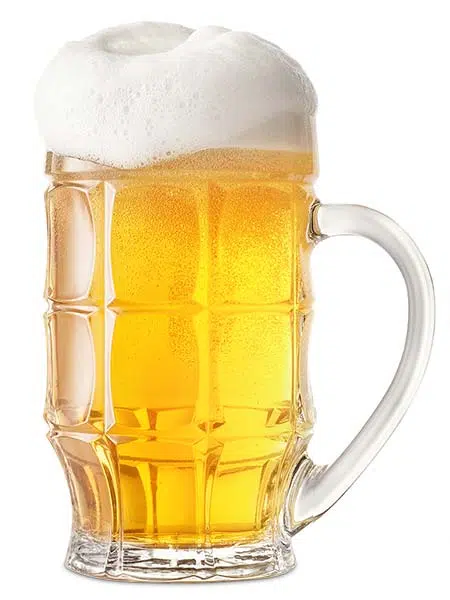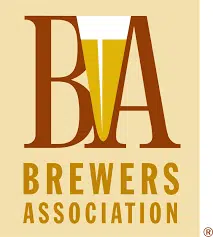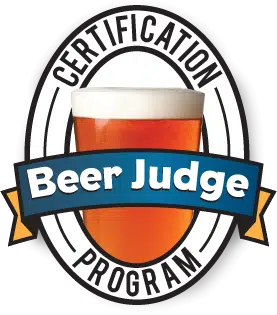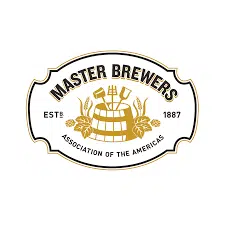What is American-Style Lager?

A pale lager-style beer with European origins in the mid-19th century. The style moved to the US with the influx of Eastern European immigrants. The lagers in their native Bavaria and the Czech Republic were well-hopped, golden yellow, crystal-clear beers.
However, after a long voyage via the Clipper Ships, a modestly hopped Americanized pale lager often used rice or corn for clarity and clarity.
Also known as American-Style Light Lager, American-Style Premium Lager, North American Style-Lager, and North American-Style Premium Lager.
Major Commercial Examples:
Budweiser, Coors Original, Coors Light, Carling Black Label, Grain Belt Premium Lager, Kokanee, Labatt Blue, Miller High Life, Miller Genuine Draft, Molson Canadian, Old Style Pilsner, Pabst Blue Ribbon.
Where Did American-Style Lager Come From?
“Although German immigrants had brewed traditional Pilsner-inspired lager beer in the United States since the mid-late 1800s, the modern American lager style was heavily influenced by Prohibition and World War II. Surviving breweries consolidated, expanded distribution, and heavily promoted a beer style that appealed to a broad range of the population. Became the dominant beer style for many decades and spawning many international rivals who would develop similarly bland products for the mass market supported by heavy advertising.”
https://www.bjcp.org/style/2015/1/1B/american-lager/
Who Was the First to Brew Lager-Style Beer in North America?
There is some question about the introduction of Lager yeast into North America. According to the rather vague recollections of brewmaster Charles C. Wolf, another brewer who began brewing with the recently arrived yeast.
Charles C. Wolf, the first commercial lager beer brewed in America according to Charles C. Wolf, one of the pioneer lager-beer brewers in Philadelphia, was brewed by a John Wagner.
Wolf tells us… “In 1840, he had a small brewery at the rear of his house on St. John Street near Poplar, Philadelphia. Indeed, it was a very primitive plant, the kettle being hung on a crane over an open hearth. It had a capacity, I remember, of not over 8 barrels. The beer was stored in the cellar under the little rear structure which served as the brewery.”
How The Pros Define “American-Lager.”
The Professionals define “American-Lager.”

The Brewers Association is the professional association of small breweries that sets the standards of good practices for those in the craft brewing business.
Their definition of an “American Lager” is as follows…
( https://www.brewersassociation.org/edu/brewers-association-beer-style-guidelines/#94 )
American-Style Lager
Color: Straw to gold
Clarity: Chill haze should not be present
Perceived Malt Aroma & Flavor: Malt sweetness is very low to low
Perceived Hop Aroma & Flavor: Not present to very low
Perceived Bitterness: Not present to very low
Fermentation Characteristics: Fruity esters are usually absent but at very low levels. Diacetyl, acetaldehyde, and DMS should not be present.
Body: Low
Additional notes: Corn, rice, or other grain or sugar adjuncts are often used. American Lagers are very clean and crisp and aggressively carbonated.

The Beer Judge Certification Program
The folks at the BJCP (Beer Judge Certification Program) tell us a more detailed set of standards necessary to qualify as an “American Lager.”
It is a bit lengthy and verbose but worth reading and thinking about.
The BJCP defines “American Lager” as follows…
(https://www.bjcp.org/style/2015/1/1B/american-lager/)
1B. American Lager
Overall Impression: A very pale, highly carbonated, light-bodied, well-attenuated lager with a very neutral flavor profile and low bitterness. Served very cold, it can be a very refreshing and thirst-quenching drink.
Aroma: Low malt aroma optional but may be perceived as grainy, sweet, or corn-like if present. Light spicy or floral hop aroma optional. While a clean fermentation profile is desirable, a light amount of yeast character is not a fault.
Appearance: Very pale straw to medium yellow color. White, frothy head seldom persists. Very clear.
Flavor: Relatively neutral palate with a crisp, dry finish and a moderately low to low grainy or corn-like flavor that might be perceived as sweetness due to the low bitterness. Moderately low hop flavor optional, with a floral, spicy, or herbal quality, if strong enough to distinguish. Low to medium-low bitterness. Balance may vary from slightly malty to slightly bitter but is usually close to even. High carbonation may accentuate the crispness of the dry finish. Clean fermentation profile.
Mouthfeel: Low to medium-low body. Very highly carbonated with a slight carbonic bite on the tongue.
Comments: Often, what do non-craft beer drinkers expect to be served if they order beer in the United States. It may be marketed as Pilsner outside Europe but should not be confused with traditional examples. Intense flavors are a fault. With little malt or hop flavor, the yeast character is what most frequently differentiates brands.
History: Evolved from Pre-Prohibition Lager (see Category 27) in the US after Prohibition and World War II. Surviving breweries consolidated, expanded distribution, and heavily promoted a beer style that appealed to a broad range of the population. Became the dominant beer style for many decades and spawned many international rivals who would develop similarly bland products for the mass market supported by heavy advertising.
Characteristic Ingredients: Two- or six-row barley with up to 40% rice or corn as adjuncts. Lager yeast. Light use of hops.
Style Comparison: Stronger, more flavor and body than an American Light Lager. Less bitterness and flavor than an International Pale Lager. Significantly less flavor, hops, and bitterness than traditional European Pilsners
They both agree on…
Why American-Style Lager is So Popular
A drink that was a refreshing, thirst-quenching, highly carbonated, light-bodied beer with low bitterness, served very cold.

The Master Brewers Association of Americas tells us that this beer style became so popular because…
“America’s national beverage would be a style unlike any in the Western World – a lighter tasting, brilliantly transparent (especially when ice cold), physically stable, pale Pilsner-style lager beer brewed with about one-third of the malt replaced with rice or corn-based malt substitutes.”
MBAA TQ vol.57, no, 1 (2020)
Vital Statistics:
KEY: Brewer’s Association – (BA) / Beer Judge Certification Program – (BJCP)
Alcohol by Volume: (ABV)
(BA) 4.1% – 5.1%
(BJCP) 4.2% – 5.3%
International Bittering Units: (IBU)
(BA) 5-15
Color:
(BA) SRM 2-4
(BJCP) SRM 2 – 4
Original Gravity (OG):
(BA) OG (Percentage of Sugar to Water) 1.040 -1.048
(BJCP) OG (Percentage of Sugar to Water) 1.040 – 1.050
Final Gravity: (FG)
(BA) FG (Percentage of Sugar to Water) 1.006 – 1.012
(BJCP) FG (Percentage of Sugar to Water) 1.004 – 1.010
Tasting an Iconic American-Style Lager Beer:
Master Sommelier Fred Dex Explains “See, Sip, then Smell”:
Budweiser Tasting with Fred Dex:
My Thoughts on American-Style Lager:
As has often been the case, newcomers to this country brought their own unique traditions in cuisine, clothing, and culture.
Once established here, those traditional traits, of necessity, adapt to conditions here. The most apparent cultural adaptions can be found in the cuisine identified with a particular culture. Quick research into the origins of Chop Suey and Spaghetti and Meat Balls illustrates that perfectly.
In the case of American-Style Lager, the cross-cultural influence of the Middle-European, Nativists, and immigrants from the British Empire developed into what we now know as American-Style Lager.
Is it a “Purebred” fermented malt beverage like the traditional brews of Europe? No, it is not, and neither are we!

